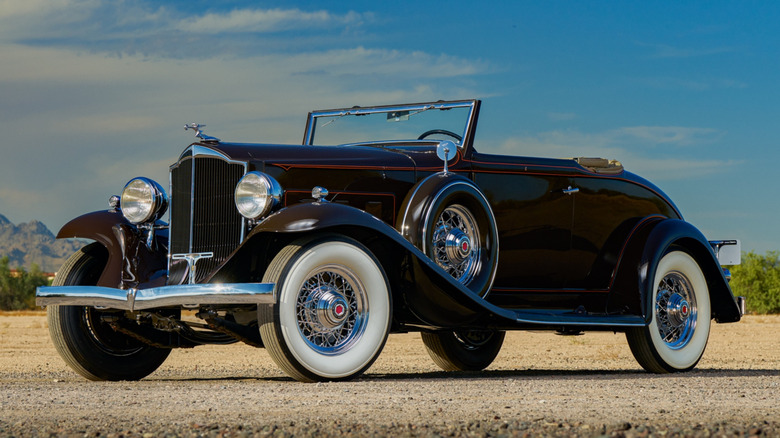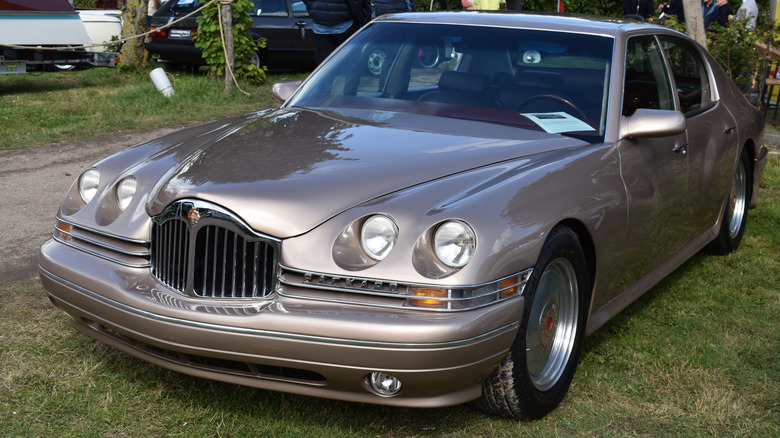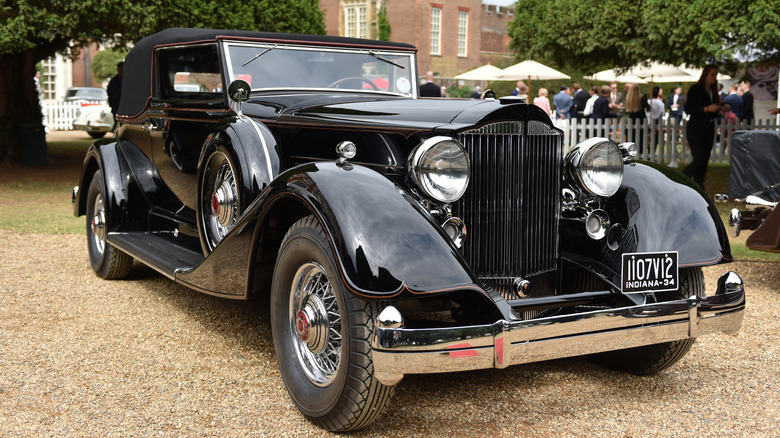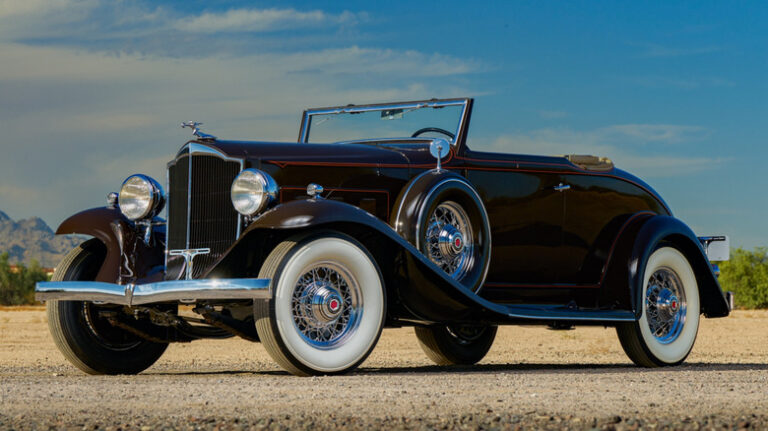The Resurgence of an American Luxury Icon
Founded in 1899, the Packard Motor Car Company was one of America’s pioneering automobile manufacturers. For six decades, it was synonymous with high-end luxury, producing stunning designs like the Packard Eight that rivaled other upscale American cars such as Cadillacs. Although the brand went bankrupt in the late 1950s, with the last Packard rolling off the production line in ’58, there’s hope on the horizon.
In 2019, luxury watchmaker Scott Andrews acquired the rights to the Packard brand, sparking speculation about a potential revival. While setting up production will take time – including establishing a factory – Andrews’ intentions are clear. For those nostalgic for the golden age of motoring, there’s a chance to relive the luxury of the past.
Packard’s Legacy in American Automotive History

Packards played a pivotal role in shaping the concept of American luxury cars, not just through their elegant designs but also through technological innovations. Many features pioneered by Packard, such as the steering wheel, in-car air conditioning, tail lights, glove compartments, and limited slip differential, are now standard in modern vehicles. Despite their significance, Packard struggled to compete with rivals, leading to a merger with Studebaker in 1954. However, this partnership ultimately failed to stem the tide, and the brand was retired a few years later.
A Brand with Nine Lives
The Packard marque has changed hands multiple times since its demise. In 1967, Studebaker merged with Worthington Corporation, which later sold it to Bayliff Coach Corporation in 1978. Bayliff created replica Packards using different platforms. In 1992, Canadian entrepreneur Roy Gullickson acquired the brand and developed the Packard Twelve prototype, but failed to secure investors.

The Road to Revival
Under Scott Andrews’ ownership, the plan is to produce a limited run of the iconic Packard Victoria, a beautiful two-door convertible. With 135,000 original blueprints at his disposal, these new productions will be faithful reproductions of the originals. However, the journey is complex, involving the establishment of a factory – the original having been demolished – and navigating regulatory hurdles in a changing market. Securing investment is the first hurdle to overcome.

As a significant piece of American automotive history, the Packard brand deserves recognition. Perhaps the sight of vintage Victorias alongside modern electric vehicles will rekindle its legacy for a new generation.



